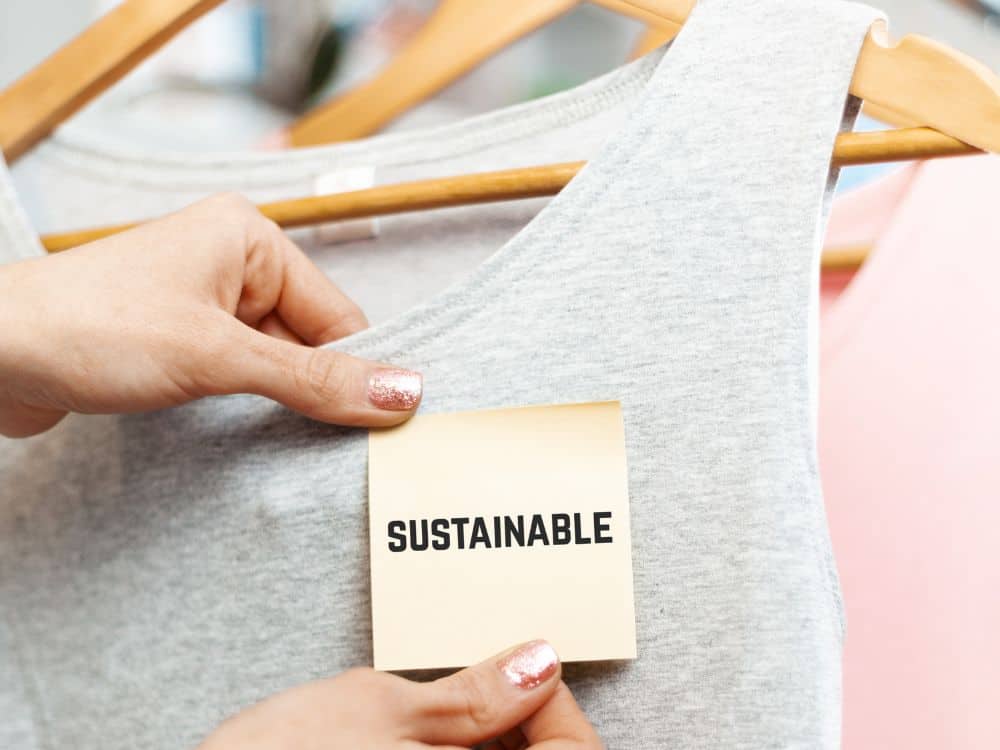FASHION GETS STITCHED-UP: NEW REGULATIONS AIM FOR SUSTAINABLE THREADS

FASHION GETS STITCHED-UP: NEW REGULATIONS AIM FOR SUSTAINABLE THREADS
The global textile and apparel industry, while a giant in economic terms, is also a notorious environmental polluter. However, wave of new regulations around the world is targeting the sector's environmental and ethical shortcomings, pushing brands towards a more sustainable future. For decades, fast fashion has thrived on a model of cheap clothes and high turnover, often at the cost of the environment and garment workers. But the tide is turning. Consumers are demanding more transparency and accountability, and governments are stepping in with regulations to enforce these demands.
Europe leads the charge
The European Union (EU) is at the forefront of this regulatory push. The bloc's ambitious ‘Strategy for Sustainable and Circular Textiles’ outlines a roadmap for a complete overhaul of the industry by 2030. Key measures include:
• Ecodesign for Sustainable Products Regulation: This sets minimum requirements for the durability, reparability, and recyclability of clothing. Expect to see garments built to last longer and made from materials easier to reuse or reprocess.
• Sustainable Corporate Due Diligence Directive: Companies will be held responsible for ensuring ethical and sustainable practices throughout their supply chains. This tackles issues like forced labor and environmental degradation.
• Empowering Consumers and Green Claims Directives: These aim to combat greenwashing by ensuring clear and verifiable sustainability claims on clothing labels. Consumers will have a better understanding of the true environmental impact of their purchases.
France's anti-waste law
France's trailblazing Anti-Waste for a Circular Economy Law (AGEC) tackles textile waste directly. It requires producers to implement take-back schemes, essentially encouraging consumers to return used clothes for reuse or recycling. This strategy aims to divert textiles from landfills and promote a more circular economy.
Beyond Europe
The US is also taking steps. The Uyghur Forced Labor Prevention Act bans the import of goods suspected to be produced with forced labor in China's Xinjiang region, a major textile producer. This incentivizes companies to source ethically and conduct thorough supply chain due diligence.
Several countries are focusing on Extended Producer Responsibility (EPR) schemes, which hold producers financially responsible for the end-of-life management of their products. Sweden's EPR program aims to drastically reduce textile waste going to landfills by incentivizing recycling and reuse. Similar schemes are being rolled out in the Netherlands and other European countries.
Challenges and the road ahead
While these regulations are a positive step, challenges remain. Enforcement mechanisms need to be robust, and there's a need for global harmonization of regulations to avoid a complex patchwork of standards. Additionally, educating consumers about sustainable choices and supporting innovation in textile recycling are crucial aspects of a successful transition.
The new regulations represent a significant shift towards a more sustainable textile industry. While challenges persist, these measures have the potential to transform how clothes are designed, produced, and consumed. Consumers can expect more durable, repairable garments and greater transparency in supply chains. The industry itself will need to adapt to become more circular, minimizing waste and environmental impact. This legislative wave may just be the stitch in time needed to save the fashion industry from unravelling.
By Fashionating World
https://www.fashionatingworld.com/new1-2/fashion-gets-stitched-up-new-regulations-aim-for-sustainable-threads
